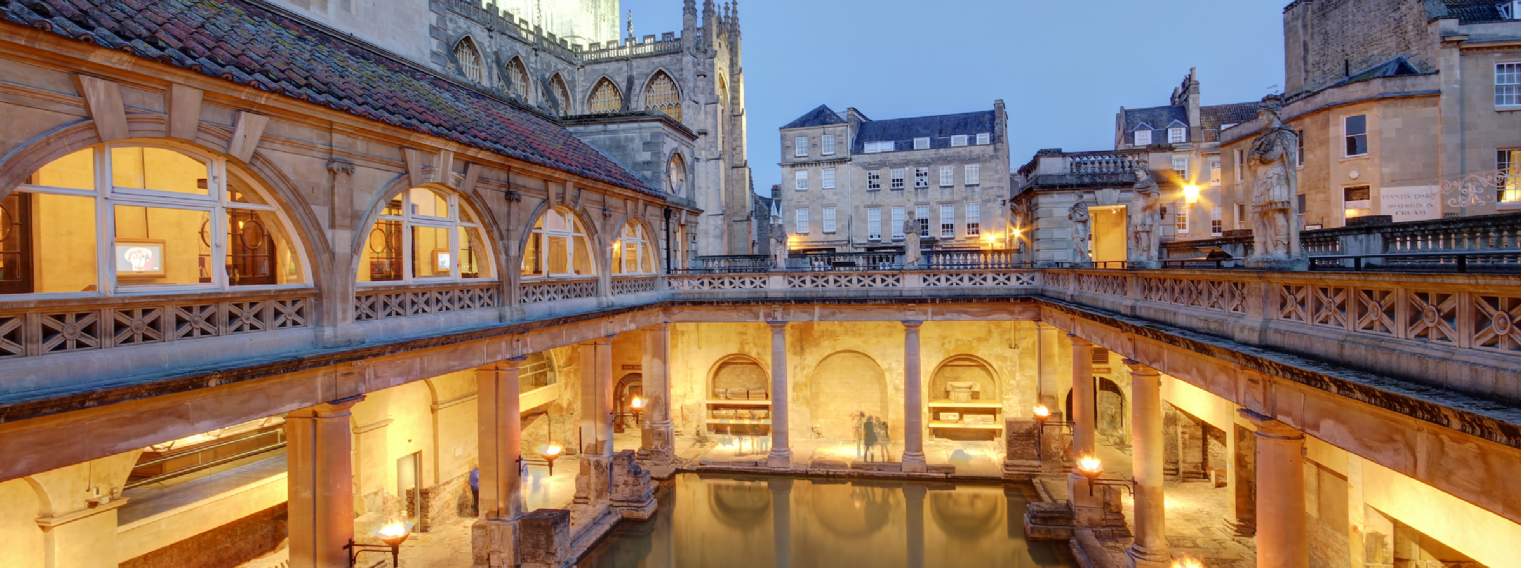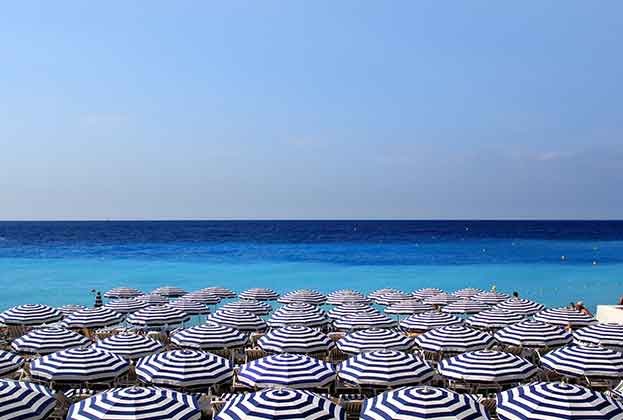England’s spa heritage dates back 2,000 years to the Romans and Aquae Sulis, a small town featuring a complex bath house built around hot springs. Today we know it as the city of Bath.
The popularity of spa bathing peaked during the Victorian and Georgian eras, as many physicians believed rich mineral water was a cure for any disease. As a result, many more towns developed around mineral springs and, with the rise of the railway, people travelled across the country to enjoy the healing powers of the spa.
Up against tough competition for tourism from seaside towns, a declining economy, and advancements in modern medicine, many spas were dismantled during the Second World War or left to become derelict. But spa towns have since found life again by reinventing themselves or by opening up public spa facilities or more modern interpretations of a spa.
Today, historical spa towns are famed for being surrounded by beautiful natural landscapes, as well as exceptional architecture including baths, pump rooms, drinking halls, treatment facilities, colonnades and galleries. Consequently they are some of the UK’s most sought after places to live.
So do buyers now pay a premium to live in one?
Spa towns across England demand an average premium of 24 per cent over the county average, with buyers paying as much as 131 per cent more in Ilkley, West Yorkshire, which was unofficially known as The English Spa in the 1500s.
In second place is Bath, Somerset, a UNESCO World Heritage Site and one of the finest historical sites in Northern Europe. Here average sale prices are £565,623, which represents a 66.5 per cent premium.
Knaresborough comes in third, with buyers here paying on average 47.7 per cent more to live in this picturesque Yorkshire town.

.jpg)
.png)



.jpg)


.jpg)
